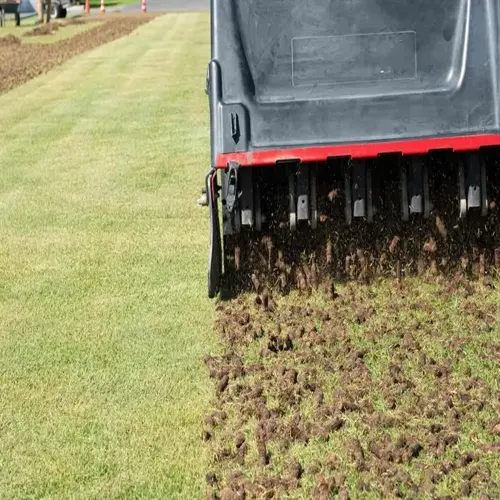How often should I test soil for magnesium levels?

Written by
Paul Reynolds
Reviewed by
Prof. Samuel Fitzgerald, Ph.D.Consistent soil tests stop magnesium troubles with tomatoes. Tests should be done based on your type of soil and stage of growth. I have my garden tested each season to see the results. Going through this process helps identify any potential imbalances before they become apparent. Follow the program recommended by science for optimal plant growth.
Sandy Soil Protocol
- Test every 60 days during active growing season
- Magnesium leaches quickly from fast-draining soils
- Check pre-planting and at first flowering stage
- Retest 4 weeks after applying amendments
Clay Soil Protocol
- Annual testing before planting season suffices
- Clay retains magnesium longer reducing leaching
- Perform mid-season test during heavy fruiting
- Check after excessive rainfall events
Critical Testing Windows
- Pre-planting: Establish baseline magnesium levels
- Flowering phase: Peak nutrient demand period
- After amendments: Verify correction effectiveness
- Post-harvest: Plan next season's adjustments
Employ proper sampling procedures. Sample 6-8 times from the root zones of the garden areas. Mix the samples in clean buckets to make a composite. I do not sample in places that have been freshly fertilized so that I can obtain accurate readings. Completely dry the samples before mailing them to the labs to prevent mildew.
Properly interpret test results. The ideal magnesium range is 50-200 ppm. Below 50 needs to be amended. Above 300 risks toxicity. I note test results in a garden journal that tracks trends. This historical data can accurately predict future needs.
Make assessments after significant events. For instance, heavy rains can flush nutrients from sandy soils. Rapid increases in temperatures can enhance nutrient uptake by plants. I will retest if I observe any new extreme weather. This way, I can assess significant fluctuations before plants begin to suffer, and my quick response positively impacts growth.
Select trustworthy testing services. University extension laboratories provide more detailed reports. Home test kits are reliable for a quick check. I use both for careful monitoring. Professional analysis provides cation ratios to ensure more precise corrections.
Read the full article: Magnesium Deficiency Tomatoes: Complete Grower Guide

